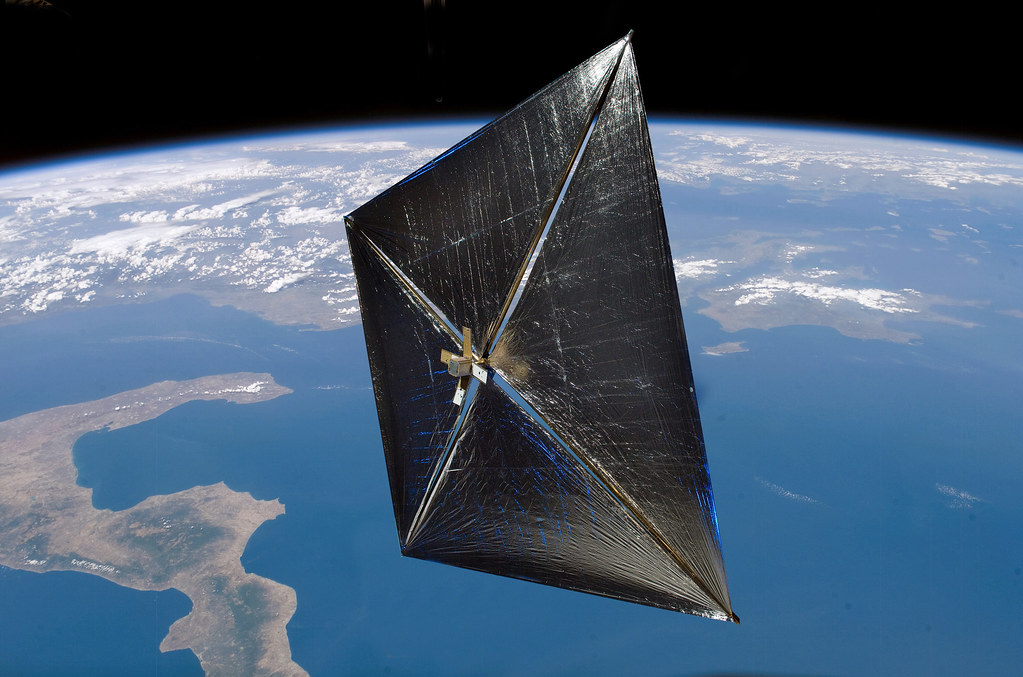
The dream of crossing the cosmic void to explore our neighboring stars has long been a tantalizing goal for humanity. Now, with NASA’s recent launch of its Advanced Composite Solar Sail System, this dream edges closer to reality.

The event, which took place on April 23 from a New Zealand launchpad, represents a significant step forward in our quest to traverse the stars.
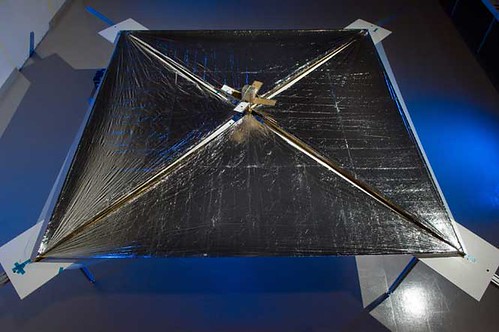
Solar sails harness the momentum of sunlight itself to propel spacecraft through the cosmos. The idea is elegantly simple: light from the sun carries momentum despite photons having no mass.
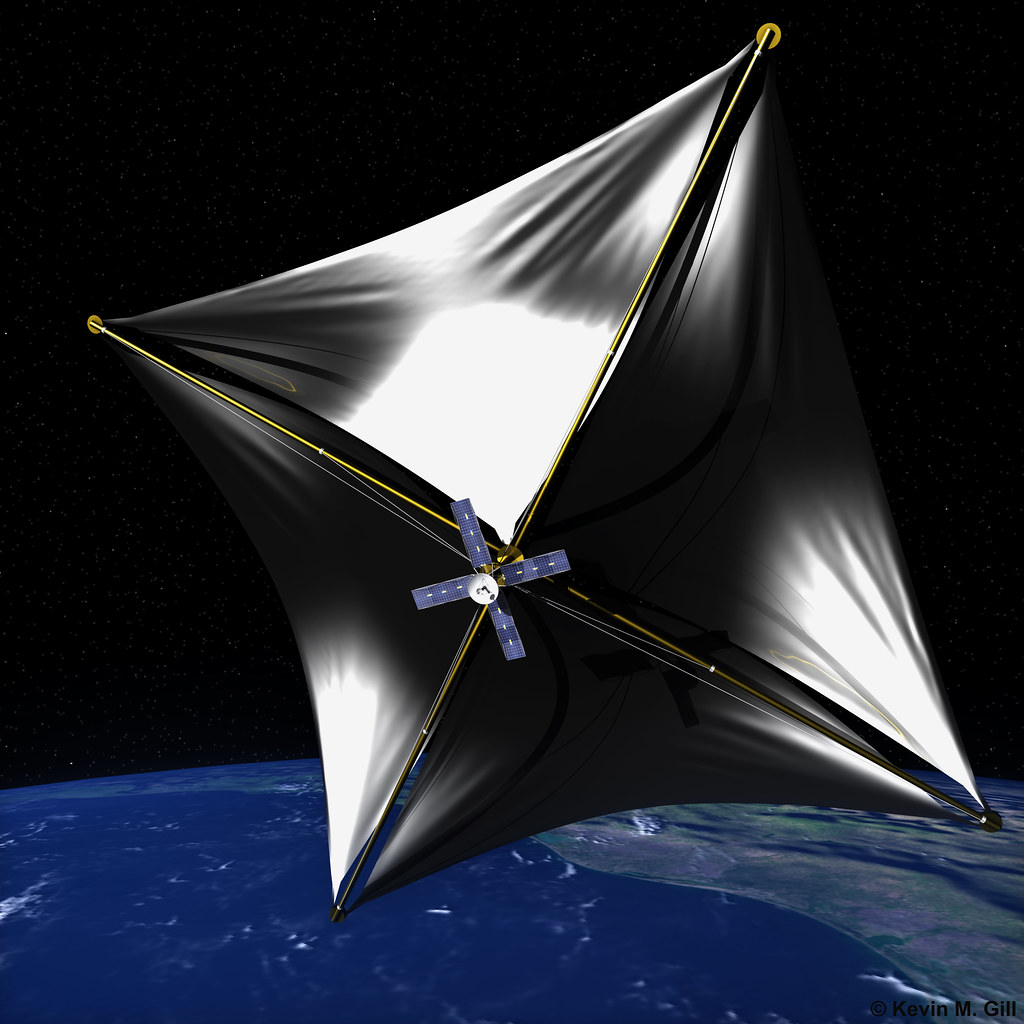
These photons can impart their momentum to massive, reflective sails, gradually accelerating a spacecraft through the vacuum of space without the need for conventional fuel.
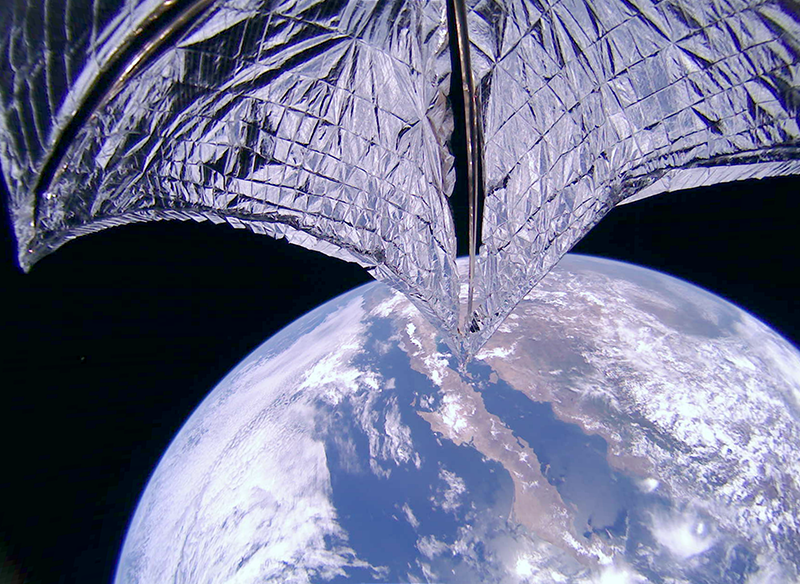
“This is a game-changer in space travel,” explains Prof Patrick Johnson, an author and physicist. “The continuous acceleration from solar photons could potentially carry us to other star systems. It’s a slow build-up, but the eventual speeds could be substantial.”
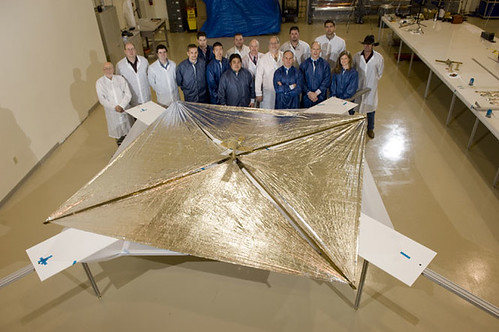
NASA’s solar sail system uses lightweight materials like flexible polymers and carbon fiber, enabling the deployment of large sails that, once unfurled, can catch the photons from our Sun.

A recent test saw the deployment of sails covering an area of 80 square meters – about half the size of a tennis court. The potential for even larger sails, up to half a football field, could pave the way for unprecedented exploration capabilities.

“Seven meters of the deployable booms can roll up into a shape that fits in your hand,” said Alan Rhodes, the mission’s lead systems engineer. Such compactness paired with the ability to expand into vast structures makes the technology both efficient and scalable.
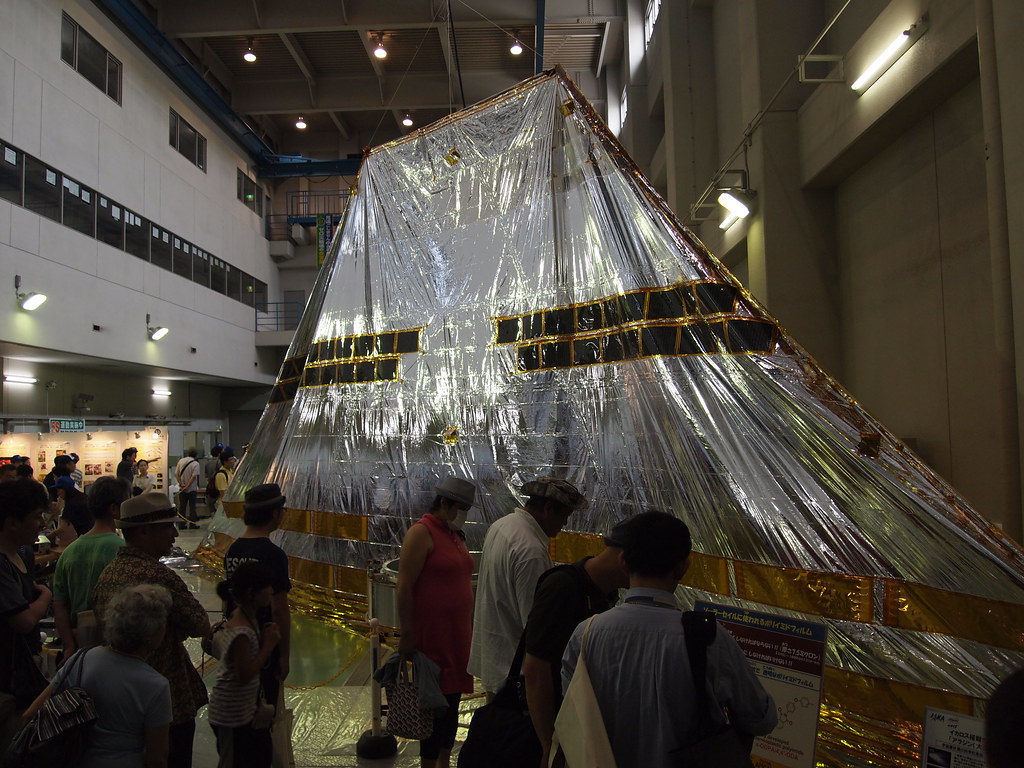
While the concept of solar sailing is not new, recent advancements make it a more viable method for long-distance space travel. Experts predict that with additional developments, including the potential use of powerful lasers to augment solar momentum, spacecraft could reach speeds up to 20% of the speed of light. This would put Proxima Centauri, our nearest star system, within a 20-year journey.

However, interstellar travel poses considerable challenges beyond propulsion. “We’d need a much bigger ship, capable of bringing a century’s worth of infrastructure to produce food and medical supplies, plus all the other considerations,” Johnson notes, underscoring the stark difference between unmanned missions and those that might one day carry humans.
Complementing the solar sail breakthroughs are NASA’s innovative thruster technologies, like the H71M sub-kilowatt Hall-effect thruster. This ion engine enables small spacecraft to reach escape velocity and conduct deep-space maneuvers, offering a robust complement to solar sails for interplanetary exploration.

By allowing private partners such as Northrop Grumman subsidiary SpaceLogistics to use and develop these technologies, NASA is fostering a synergy between governmental space exploration and private sector innovation. This approach could lead to more frequent and cost-effective missions throughout our solar system and beyond.
Interstellar travel, once a staple of science fiction, is inching towards the realm of possibility. With solar sails unfurling and new thrusters firing, the stars might not be so out of reach after all. The pursuit of this technology not only holds promise for future space exploration but also ignites the human imagination, reminding us of the boundless potential for discovery in the vast universe that surrounds us.
Relevant articles:
– NASA’s bold new ‘solar sail’ mission could unlock interstellar travel, BBC Science Focus Magazine
– NASA’s groundbreaking new thruster could unlock interplanetary travel, Daily Express US
– effect thruster could unlock small spacecraft revolution, Interesting Engineering
– A Remarkable New Thruster Could Achieve Escape Velocity—and Interplanetary Travel, Popular Mechanics
![Sailing Among the Stars (NASA, Solar Sails, 08/17/10) [EXPLORED]](https://gallery.trendydigests.com/wp-content/uploads/2024/05/8dd90750-6c09-4f27-baa5-c4963bfdd805-696x461.jpg)
